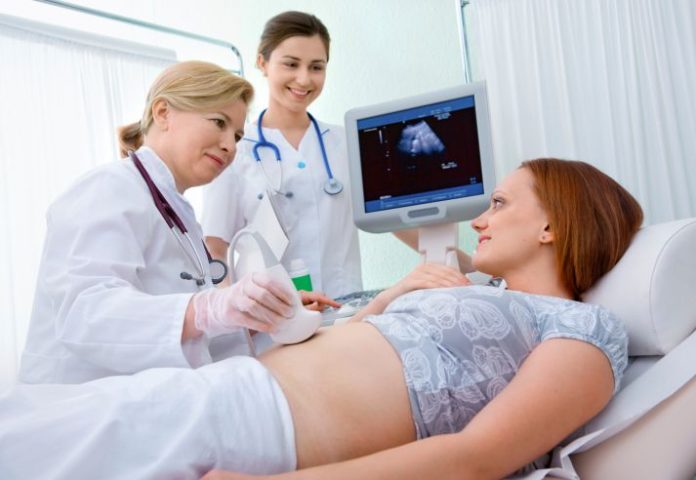A new study by the Telethon Institute for Child Health Research has uncovered a significant decline in the risk of birth defects amongst WA children born using Assisted Reproductive Technology (ART).
The study, published in the journal Obstetrics & Gynecology, showed a large decrease in the rate of birth defects between a similar Telethon Institute study carried out using data from the mid-90’s and that of the updated study which looked at a larger collection of data.
The more recent study, which included data up until 2002, showed the risk of birth defects amongst single babies born using Assisted Reproductive Technology in WA dropped from 10.9% between 1994 and 1998 to 7.5% in the four years following (1998-2002), compared with a rate of 5.2% in the naturally conceived group.
Twins born via assisted pregnancies also showed a similar pattern of decreasing risk from the first time period to the second.
“Our study suggests an encouraging decline in major birth defect prevalence in children born as a result of assisted pregnancies in Western Australia,” said Telethon Institute researcher Michele Hansen. “Changes to clinical practice may be largely responsible with improved culture media and better culture and storage conditions leading to the transfer of ‘healthier’ embryos.
“Whilst our study does still show that babies born using Assisted Reproductive Technology remain at a higher risk of birth defects, couples seeking to use these treatments can be reassured that the vast majority of infants are born healthy and do not have a birth defect.” Ms Hansen said.
“We believe that providing parents with as much information as possible so that they can make informed decisions is important and we would encourage them to talk to their specialist about the prevalence of birth defects in ART pregnancies.”
The Telethon Institute research team hope to continue monitoring birth defects to evaluate the impact of more recent changes to ART laboratory practice such as extended blastocyst culture and vitrification (rapid freezing of eggs and embryos).




 (3 votes, average: 3.67 out of 5)
(3 votes, average: 3.67 out of 5) 






